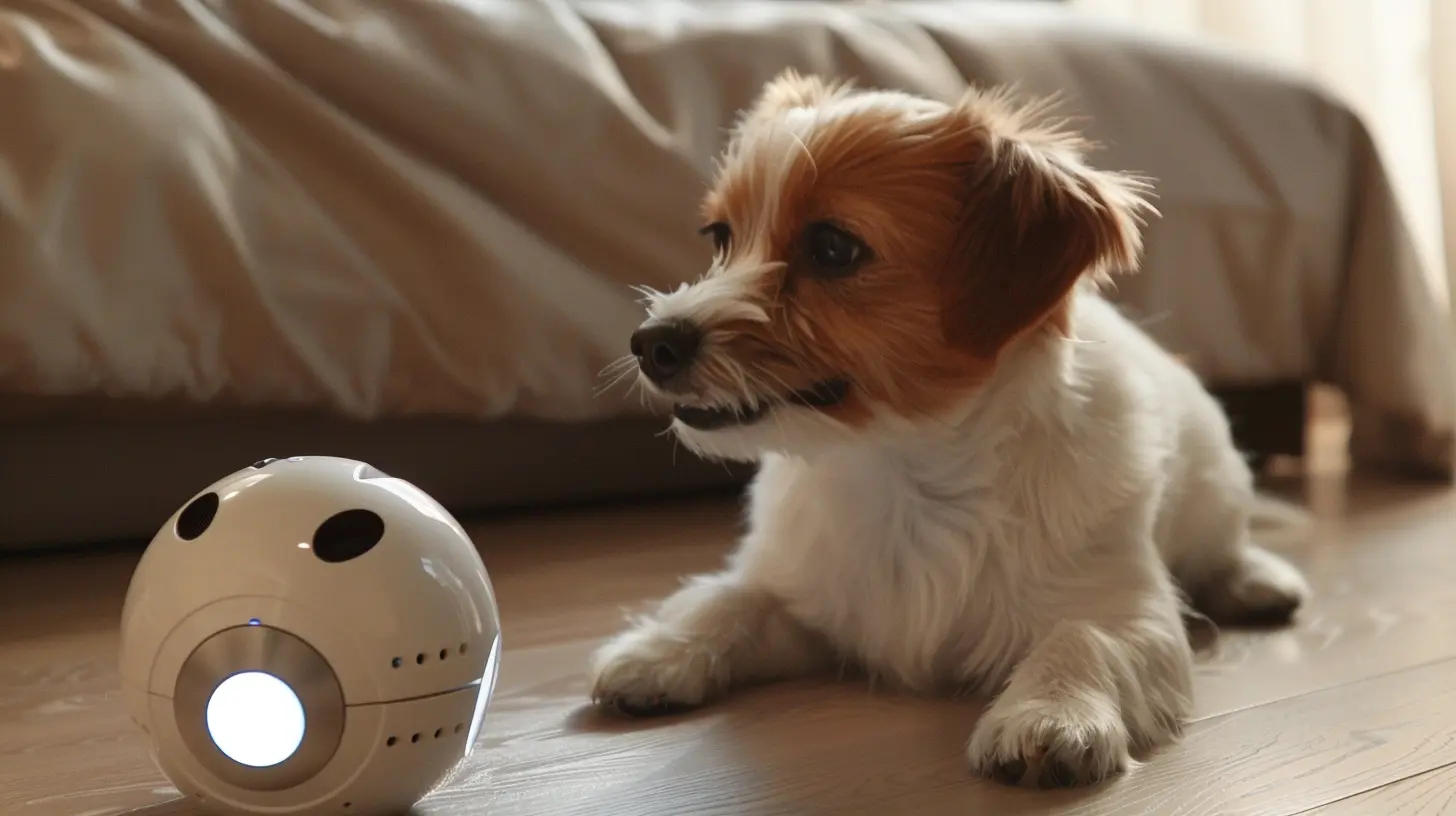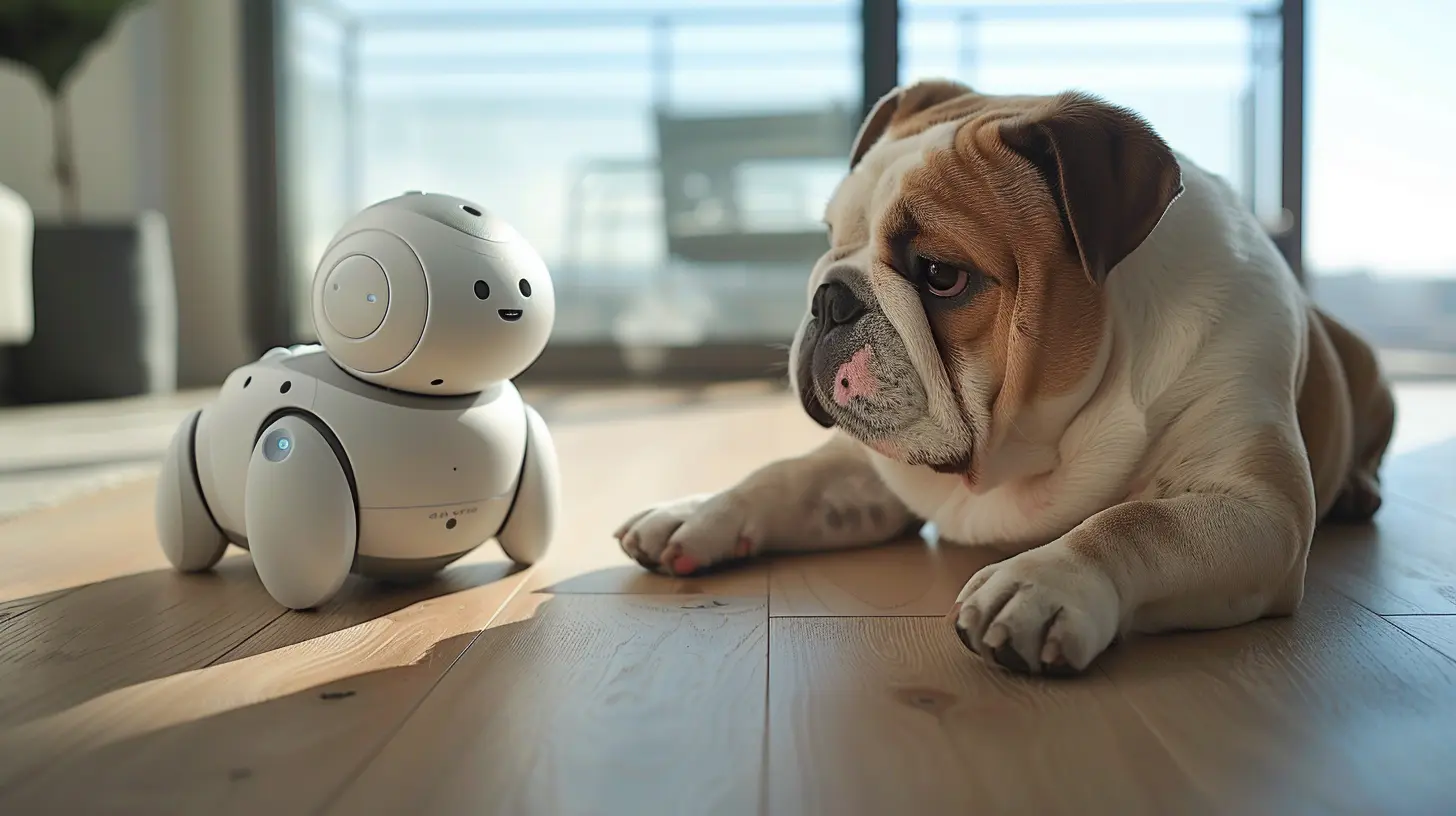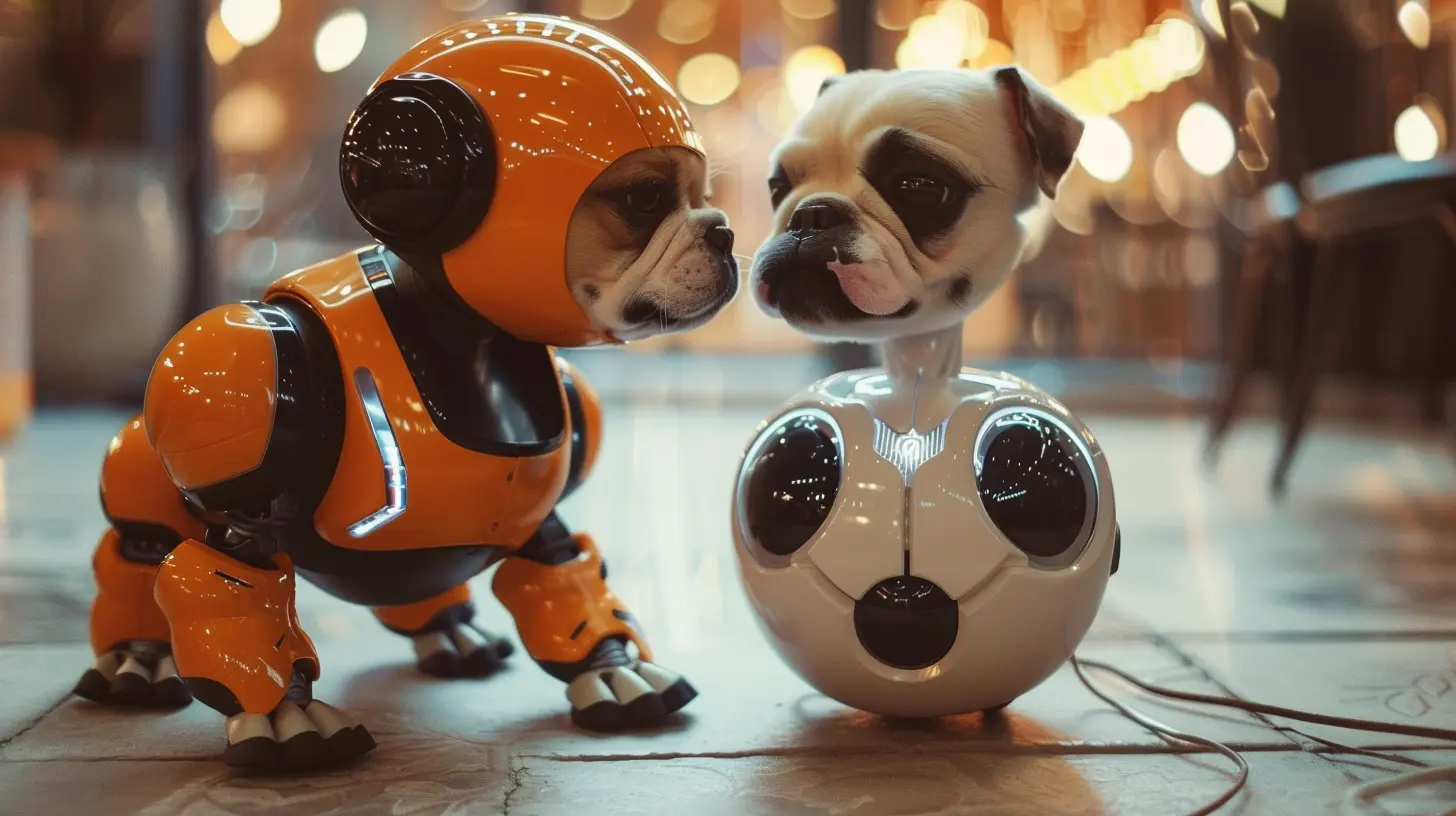Robot Pets: The Future of Companionship?
19 June 2025
Ah, the future. A place where cars drive themselves, refrigerators judge our eating habits, and—wait for it—pets don’t poop on the carpet anymore. Welcome to the world of robot pets, where you can finally have a loyal companion without the shedding, barking at 3 AM, or the dreaded vet bills.
But are these mechanical critters really the future of companionship, or are we just getting lazier? Let’s dive into the shiny, metallic world of robotic pets and see if they can truly replace our beloved furry (or scaly) friends.

The Rise of Robot Pets: Why Are We Doing This?
Let’s be real—owning a pet is a full-time job. They demand food, attention, and those dreaded walks, even when it’s freezing outside. Enter robotic pets: the modern solution for those of us who love the idea of companionship but can’t be bothered with the responsibility.Robot pets aren't just toys anymore. Companies like Sony and Boston Dynamics have been working to create artificial companions that can interact, learn, and even form "bonds" with humans. Some people say it's the future—others say it's just another excuse to avoid dealing with real emotional connections. Who’s right? Well, let’s take a closer look.

Advantages of Robot Pets: Because Who Needs Real Fur?
1. Zero Maintenance
Say goodbye to scooping litter boxes, refilling water bowls, or accidentally stepping on a random hairball in the middle of the night. Robot pets don’t need food, water, or vet visits—just the occasional charging session.2. No Allergies, No Problem
Always wanted a cat but sneeze at the mere thought of one? Robot pets won’t send you into an allergic frenzy. You can finally cuddle with your artificial dog without reaching for the antihistamines.3. Mess-Free Companionship
No more surprise “accidents” on the new carpet. Robot pets don’t shed, chew up your shoes, or leave mysterious smells in your house. Your furniture thanks you.4. They Actually Listen
Ever tried asking a cat to stop scratching the couch? Yeah, they don’t care. Robot pets, on the other hand, are programmed to obey commands without rolling their eyes (if they had them).5. They’ll Never Abandon You
Unlike real pets—or, ahem, some humans—robot pets don’t run away when you accidentally leave the front door open. They stick around, no matter what. Convenient, right?
The Downsides: Because Nothing’s Perfect
Okay, before we start replacing every purring feline or tail-wagging pup with a circuit board, let’s talk about the obvious downsides of robot pets.1. No Real Emotions
Sure, they can be programmed to simulate emotions, but deep down, they don’t actually care about you. Your real dog wags its tail when you come home because it’s genuinely happy to see you. A robot dog? Well, it’s just doing what it was programmed to do. Kind of sad if you think about it.2. They Lack The Unpredictability of Real Pets
One of the best (and sometimes worst) things about real pets is that they’re unpredictable. They do weird, funny, and sometimes annoyingly adorable things that make us love them even more. A robot pet? It follows a script. There’s no randomness to keep you on your toes.3. They’re Not as Soft and Cuddly
Sure, they might have some soft synthetic fur, but let's face it—hugging a robot dog is not the same as snuggling up with a warm, fluffy Golden Retriever. There’s something about the real deal that just can’t be replicated.4. Tech Trouble
What happens when your robot pet malfunctions? Instead of a trip to the vet, you’ll need to take it to a tech repair shop or—worse—replace it entirely. Imagine your beloved robo-cat glitching in the middle of the night and shouting error messages instead of purring. Nightmare fuel.
Are Robot Pets Replacing Real Pets?
Now, let’s address the big question: Will robot pets ever replace real pets?The short answer? Probably not—at least not anytime soon. While robot pets can be a great option for people who can’t own real pets due to allergies, disabilities, or housing restrictions, they lack the emotional depth and unpredictability that make real pets so special.
That being said, as artificial intelligence continues to advance, who knows? Maybe in a few decades, we’ll have robot pets that are indistinguishable from real ones. But until then, our furry companions are here to stay.
Who Should Consider a Robot Pet?
Alright, so if they aren’t replacing real pets, who should actually get one?- People with Pet Allergies – If sneezing every five seconds isn’t your thing, a robot pet could be your allergy-free alternative.
- Busy Professionals – No time to feed, walk, or play with a real pet? A robotic alternative won’t make you feel guilty for working overtime.
- Seniors or Disabled Individuals – Robot pets can provide companionship without requiring physical effort like feeding or grooming.
- Parents Testing the Waters – Not sure if your kid is ready for a real puppy? Let them take care of a robotic one first. If they neglect it, you’ll have your answer.
The Final Verdict
So, are robot pets the future of companionship? Eh, yes and no. While they do offer a mess-free, low-maintenance alternative to real pets, they still can’t replace the unconditional love, affection, and pure chaos that comes with having a living, breathing companion.However, they’re a fantastic option for those who, for whatever reason, can’t have traditional pets. And let’s be honest, if the alternative is a sad, lonely existence without any form of companionship, a robotic pet doesn’t sound so bad.
So, if you’re tired of cleaning up fur and dealing with late-night barking sprees, a robo-dog might be the perfect, glitchy, slightly soulless little companion for you. Just don’t expect it to actually love you back.
all images in this post were generated using AI tools
Category:
RoboticsAuthor:

Michael Robinson
Discussion
rate this article
2 comments
Aleta McNeely
What an intriguing concept! I wonder how robot pets could change our emotional interactions and daily routines. Will they truly replace the warmth of real companionship, or just enhance our experiences? Exciting possibilities ahead!
June 20, 2025 at 2:40 AM

Michael Robinson
Thank you! Robot pets have the potential to enhance companionship by providing emotional support and companionship, but they will likely complement, rather than replace, the warmth of human relationships. Exciting times indeed!
Bella McManus
This article presents a fascinating perspective on robot pets as companions. While they may offer convenience and companionship, it's important to remember the emotional connections we share with living beings. Balancing technology and genuine relationships will be key to our well-being.
June 19, 2025 at 10:33 AM

Michael Robinson
Thank you for your insightful comment! Balancing robot pets with genuine connections is indeed crucial for enriching our companionship experiences.


